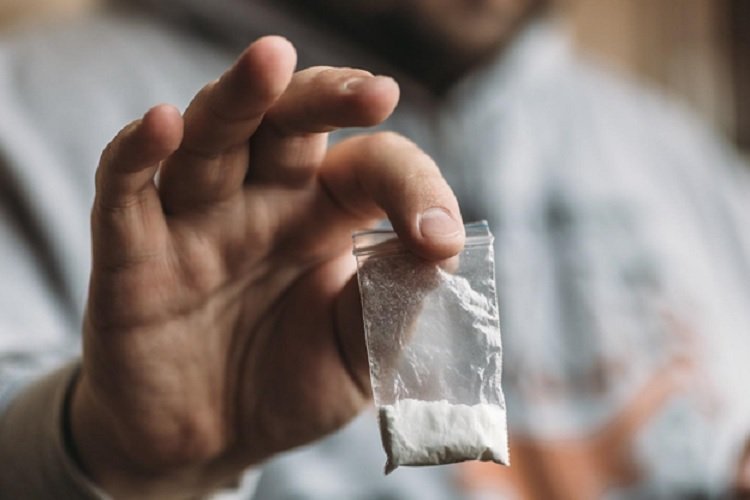Cocaine is a powerfully addictive drug that is generally taken in two forms: a fine powder that is snorted or crystallized or “crack” cocaine that is smoked. Despite the fact that cocaine has a powerful control over a person’s life when they become dependent on its effects, there are very clear paths to recovery available at specialist powder and crack cocaine rehab centers.
Laboratory research has shown that cocaine is so addictive that if a mouse is given a dose each time it steps on a lever, it will quickly do nothing else but step on the lever. They won’t quit from this repetitive action even to take a sip of water or a small bite of food and soon die of a cocaine overdose.

What Are The Consequences of Cocaine Use?
The reason people take cocaine is that it gives the body a powerful surge of euphoria and energy. This is because cocaine is a stimulant that causes an increased heart rate and constriction of the blood vessels as if the body is in intensive exercise. This powerful impact cocaine has on the body’s vital functions can lead to heart attacks and strokes, particularly in young people without any history of heart disease. It is a sad fact that the number of heart attacks in young patients has increased so much that emergency room doctors are now taught to rule out cocaine use as a first step in achieving a diagnosis.
Despite the deadly nature of cocaine, the number of people abusing the drug and dying from fatal overdose continues to rise. Some people even die the first time they use the drug which indicates just how dangerous this substance is. Others can take cocaine for years and suddenly die after one dose. It is even possible to be a finely-tuned athlete and suffer a fatal cocaine-induced heart attack. There is no rule of thumb with cocaine addiction and it can – and does – claim peoples’ lives on a daily basis.
How to Combat Cocaine Addiction
Although cocaine is highly addictive and has a strong influence on a person’s life, it is always possible to overcome and go on to maintain a happy and healthy life in sobriety. However, it is not an easy journey and usually requires a strong commitment to a treatment program at powder and crack cocaine rehab centers. The most important thing is to find a treatment program that suits the unique needs of the individual because it provides better assurance of successful recovery.
The processes included in combating addiction to both powder and crack cocaine include:
Detox
The first step of the cocaine rehab process is to eliminate the influence it has on the body and mind in detox. Because of the powerful nature of cocaine addiction, it is always best to choose to detox in a specialist facility where there is medical supervision available throughout. Some of the withdrawal symptoms when detoxing cocaine include:
- Lack of focus or difficulty concentrating;
- Fatigue and exhaustion;
- The inability to feel pleasure sensations known as Anhedonia;
- Depression and anxiety;
- Physical symptoms including chills, tremors, muscle aches and pains;
- Intense cravings to use cocaine;
- Increased appetite;
- Sluggish thought processes and lack of coordination.
Rehabilitation
Once a patient has effectively been “flushed” of the chemical influence of cocaine, they are then ready to embark on the cocaine rehab process. Each person has an individual experience of rehab because treatment centers personalize programs for their specific needs. Much of the initial stages of rehab is involved in individual and group therapy sessions, which provide valuable mechanisms for a clearer understanding of the disease.
However, because of the potency of cocaine in both its forms, medication-assisted treatments will be offered as part of comprehensive cocaine addiction treatment. This is one of the principal reasons why cocaine addiction requires more intensive treatment that other substances such as marijuana, which has a less significant impact on a person’s brain and psyche.
In the initial stages of rehab, therapists and physicians will determine if there is a co-existing mental health condition known as dual-diagnosis. There is a complex relationship between addiction and mental illnesses such as depression and anxiety and dual-diagnosis patients require specialized treatment to address both conditions at the same time.
Learning Effective Coping Mechanisms
Cocaine addiction treatment offers patients teaching in various techniques to help them cope with the daily triggers and stressors they will face in recovery. Some of these coping mechanisms are introduced through the following therapies:
- Cognitive behavioral therapy, which provides a better understanding of the behaviors surrounding addiction so that patients can modify their responses in recovery
- Mindfulness practices such as guided meditation which arms patients with tools to place themselves in a relaxed state in the face of triggers to relapse.
- Experiential treatments like equine-assisted therapy, an activity that encourages patients to develop close bonds with horses which are particularly responsive to negative energy
The ultimate goal of rehab is to achieve recovery, which is better-sustained when a patient is armed with the tools to protect their sobriety.

